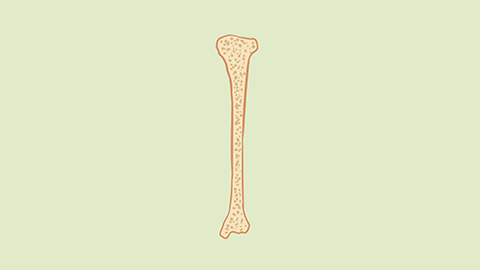What does patchy increased bone density on imaging mean?
In general, a patchy high-density shadow in the bone refers to a localized area of increased density observed on imaging examinations compared to normal bone tissue. It is usually caused by benign factors, although in rare cases it may be associated with pathological conditions, requiring further evaluation based on specific circumstances. The detailed analysis is as follows:

A patchy high-density bone shadow may result from osteophyte formation (bone spurs), which can occur due to long-term wear and tear or aging. This leads to bony overgrowth at the edges of bones, forming high-density patches. Typically, there are no obvious symptoms, and special treatment is not required. Daily attention should be focused on avoiding excessive loading and appropriately protecting the joints. It could also represent residual callus left over from prior fracture healing. During the healing process of a fracture, deposited callus may appear as a patchy high-density shadow. If asymptomatic, regular follow-up imaging to monitor changes is sufficient.
In rare cases, a patchy high-density bone shadow may be related to benign lesions such as bone islands or osteosclerosis. A bone island is a focal cluster of dense bone tissue within cancellous bone, while osteosclerosis often results from localized abnormalities in bone metabolism. These conditions generally do not require treatment, but periodic follow-up is recommended to monitor any changes in the size or shape of the lesion. Further diagnostic evaluation is necessary if symptoms such as local pain or restricted movement develop.
In daily life, maintaining proper posture and healthy exercise habits is important to reduce excessive bone wear. Regular imaging follow-ups are advised to monitor changes in the patchy high-density shadows.




